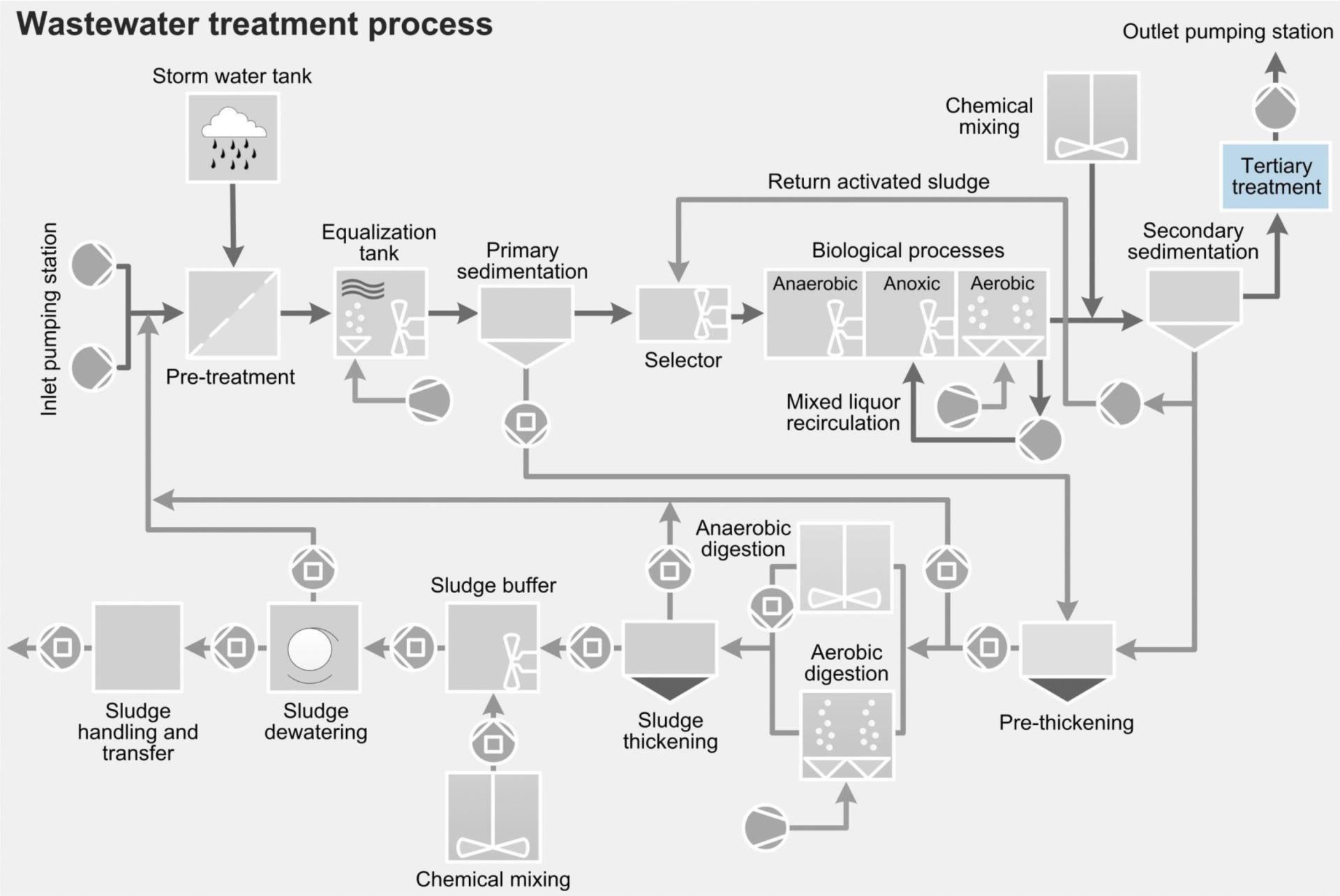Water Purifier For Well Water Things To Know Before You Buy
Table of ContentsThe Ultimate Guide To Water Purifier For Well WaterIndicators on Water Purifier For Well Water You Should KnowWater Purifier For Well Water Fundamentals ExplainedThe Ultimate Guide To Water Purifier For Well Water
A phosphorous substance is contributed to help control rust of pipelines. This aids prevent lead and copper that may be existing in pipelines from seeping into the water. As the water leaves the plant, ammonia is included in transform the chlorine to chloramine, an anti-bacterial that preserves a residual in the circulation system against microbial contamination.All chemicals that are included are certified food quality, risk-free for usage in foods. Treated water is stored in deep below ground storage tanks and additionally streams by gravity to pumping terminals as well as into the distribution system. The distribution system consists of 1,960 miles of water pipe varying in size from 4" to 60".
Elimination of taste and also odor substances from the water.: Softens the water.: Filtering to eliminate tiny fragments and sanitation to kill viruses and also bacteria, and also make certain an inappropriate setting for virus and also bacteria growth throughout the circulation system.
Eight Stages of the Wastewater Refine Stage One Bar Screening Removal of big things from the influent to avoid damage to the center's pumps, valves and other devices. The procedure of dealing with and recovering water from wastewater (any type of water that has actually been made use of in residences, such as flushing toilets, washing meals, or showering, and some water from industrial use and tornado sewage systems) starts with the expectation that after it is treated it will certainly be clean enough to reenter the setting.
Getting The Water Purifier For Well Water To Work
According to the EPA, The Clean Water Act (CWA) develops the fundamental structure for controling discharges of pollutants right into the waters of the USA as well as controling quality criteria for surface area waters. Under the CWA, EPA establishes wastewater criteria for sector. The EPA has also created nationwide water high quality criteria suggestions for pollutants in surface waters.


This begins in the aeration container. The primary function of the oygenation container is to pump oxygen into the storage tank to urge the breakdown of any type of natural product (as well as the growth of the germs), along with ensure there suffices time for the organic material to be broken down.
How Water Purifier For Well Water can Save You Time, Stress, and Money.
This process is taken care of to offer the best conditions for microbial development. Oxygen gas [O2] degrees below 2 ppm will exterminate the bacteria, decreasing efficiency of the plant. Dissolved oxygen surveillance at this phase of the plant is vital. Ammonia and also nitrate measurements are usual to gauge exactly how reliable the bacteria remain in converting NH3 to N2.
Phase Five Second Clarifier Treated wastewater is pumped right into a second clarifier to permit any type of staying natural debris to settle out of cured water flow. As the influent leaves the aeration procedure, it flows right into a second clarifier where, like the main clarifier, any really little solids (or fines) sink to the bottom of the tank.
Component of this activated sludge is gone back to the aeration container to enhance the microbial concentration, aid in proliferation, and also accelerate the breakdown of organic product. The unwanted is discarded. The water that streams from the second clarifier has considerably decreased natural material as well as needs to be approaching anticipated effluent specifications.
With the boosted focus of bacteria as part of the oygenation stage, there is a demand to test the outbound effluent for microorganisms presence or lack and to decontaminate the water. This makes sure that more than specified concentrations of germs are not released right into the setting. Chlorination is the most common and cost-effective sort find this of disinfection however ozone as well as UV sanitation are additionally increasing in popularity.
Some Ideas on Water Purifier For Well Water You Need To Know

After sufficient time, fragments stick to each other and also expand into larger fragments, or, floc, which is susceptible to settle in water. Information of water is accomplished by the seperation of suspended solids from water by gravity.
The cleared up water steps upwards gradually, ultimately overlooking the effluent weir to the cone outlet as well as on the to filters for additional treatment. The water plant integrates a single phase lime softening procedure to eliminate solidity. Solidity is caused by the visibility of liquified bivalent as well as polyvalent metal ions, primarily calcium as well as magnesium.
This is added both in the clearwell and the high solution discharge as water gets in the circulation system. water purifier for well water. Hydrofluosilicic acid supplies the source of fluoride, which is useful in the prevention of tooth decay in children. A fluoride concentration of 1. 1-1. 2 mg/l is usually preferable in the plant tap.